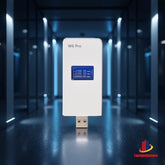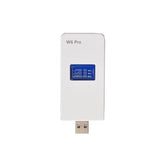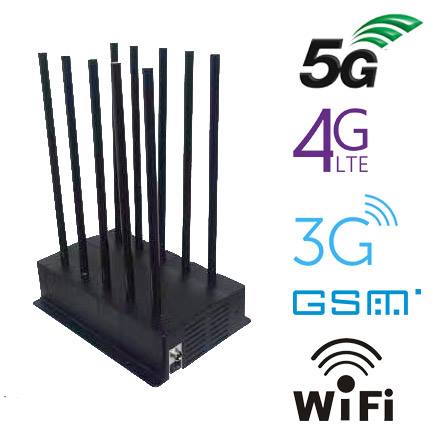Identify common sources of cellular network signal interference
Cellular network signal interference is a problem we often encounter in our lives. These interferences come from various sources and not only affect our normal communication and internet experience, but can also lead to information leakage and privacy breaches. To avoid these problems, we need to understand the common causes of cellular network signal interference and take appropriate measures.
First of all, cellular network signal jammers are one of the main sources of cellular network signal interference. Cellular network jammers include signal jammers, radio devices such as radio walkie-talkies, broadcast transmitters and other communication devices that operate on specific frequency bands to generate electromagnetic waves. When these devices operate on the same or similar frequency band as the cellular network, interference will occur. Therefore, we should avoid using mobile devices near cell phone network jammers and try to keep a certain distance to reduce the occurrence of signal interference.
Secondly, electronic devices are also one of the main sources of cellular network signal interference. Electronic devices include televisions, computers, refrigerators and other household appliances, which generate electromagnetic radiation when in use. This electromagnetic radiation has a wide frequency band and can interfere with the frequency band of cellular networks. Therefore, when using these electronic devices, we should try to keep a certain distance or use devices with good shielding performance to reduce interference with cellular signals.
In addition, interference with cellular signals may also occur due to the structure of buildings. Materials such as building walls and floors absorb and reflect signals, affecting signal propagation and coverage. In particular, in some high-rise buildings, the signal propagation path is greatly obstructed, resulting in signal attenuation. To avoid this interference, we can choose an open area or raise the location of the receiving device to improve the quality of signal reception.
In addition, weather factors can also affect the quality of cellular network signals. For example, electromagnetic radiation may be more interfered and obstructed in rain and snow, resulting in a deterioration in signal quality. In this situation, we can wait until the weather improves to communicate or use other communication methods.
Finally, interference to cellular network signals can also come from surrounding wireless networks. If there are too many wireless networks in the surrounding area, there may be frequency conflicts between them, resulting in signal interference. To avoid this, we should choose areas with lower population density to minimize interference from wireless networks. In addition, the frequency band and channel of the wireless network can be adjusted to reduce conflicts with surrounding networks.
In short, there are various sources of interference to cellular network signals, including cellular Wifi signal jammers, electronic devices, building structures, weather factors, and surrounding wireless networks. To avoid signal interference and privacy loss, we should take corresponding measures such as keeping a certain distance, using devices with good shielding performance, choosing open areas, waiting for the weather to improve, and reducing conflicts in wireless networks. With the right method to identify and solve signal interference problems in cellular networks, we can achieve better communication and internet experience while protecting privacy.














